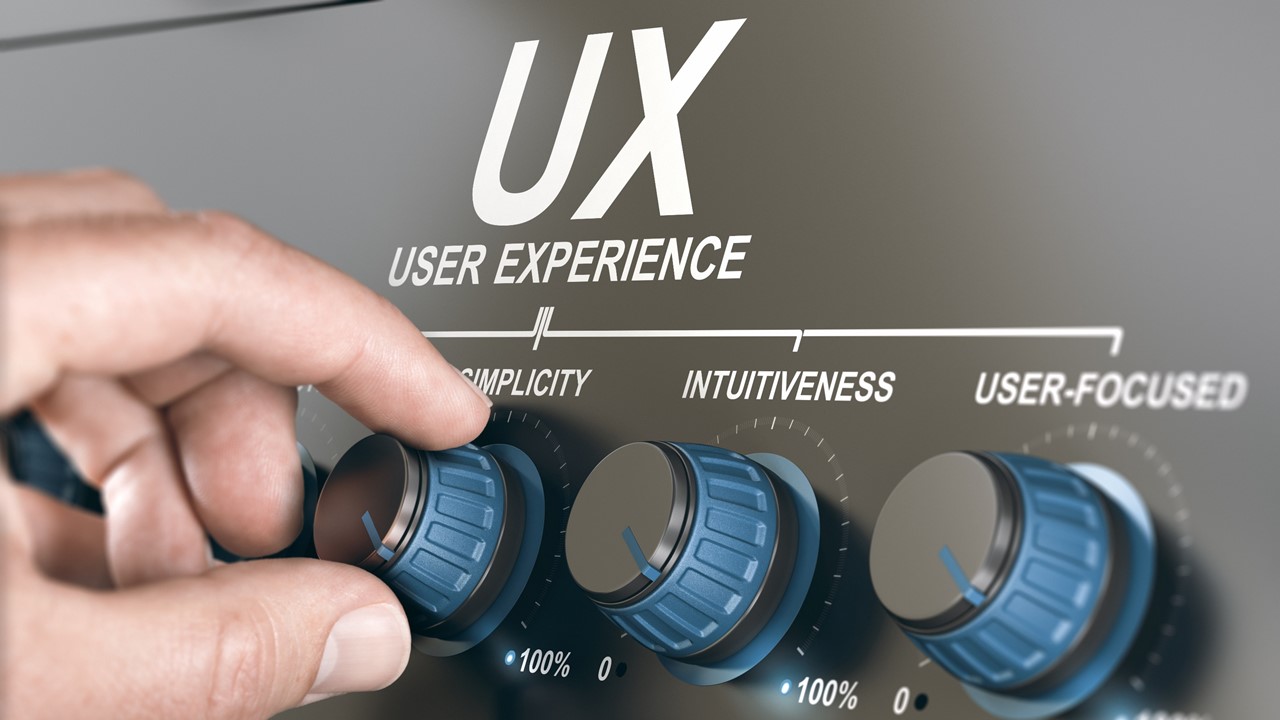Supervised and unsupervised learning are two common types of training methods used in artificial intelligence (AI). Supervised learning involves training an AI model on a labeled dataset, where the output (or label) is known for each input. On the other hand, unsupervised learning involves training an AI model on an unlabeled dataset, where the output is not known and the model must learn to identify patterns and structure in the data on its own.
- Case Study for Supervised Learning: Image Classification One popular application of supervised learning is image classification. Suppose you want to build an AI model that can automatically classify images of animals into different categories, such as “cat”, “dog”, “bird”, and “fish”. You would start by gathering a large dataset of labeled images of animals. Each image would be labeled with the correct animal category.
- Using this labeled dataset, you could train a supervised learning model, such as a convolutional neural network (CNN), to recognize the patterns and features that distinguish each animal category. During training, the model would adjust its parameters to minimize the difference between its predicted outputs and the true labels in the training data. Once the model is trained, you could then use it to classify new images of animals with a high degree of accuracy.

- Case Study for Unsupervised Learning: Customer Segmentation An example of unsupervised learning is customer segmentation. Suppose you have a dataset containing information about customers of an online retail store, such as their age, gender, purchasing history, and browsing behavior. You want to identify groups of customers who exhibit similar characteristics, so you can create targeted marketing campaigns for each group.
- Using unsupervised learning, you could train a clustering model, such as K-means clustering, to group customers into clusters based on their similarity in the dataset. The model would identify patterns and structure in the data, without any prior knowledge of the correct output. Once the model is trained, you could use it to segment new customers into the appropriate groups, and tailor your marketing strategies accordingly.
Overall, supervised and unsupervised learning are two powerful methods in AI that can be applied to a wide range of real-world problems. The choice of which method to use depends on the specific task at hand and the type of data available.





